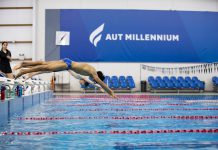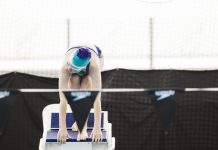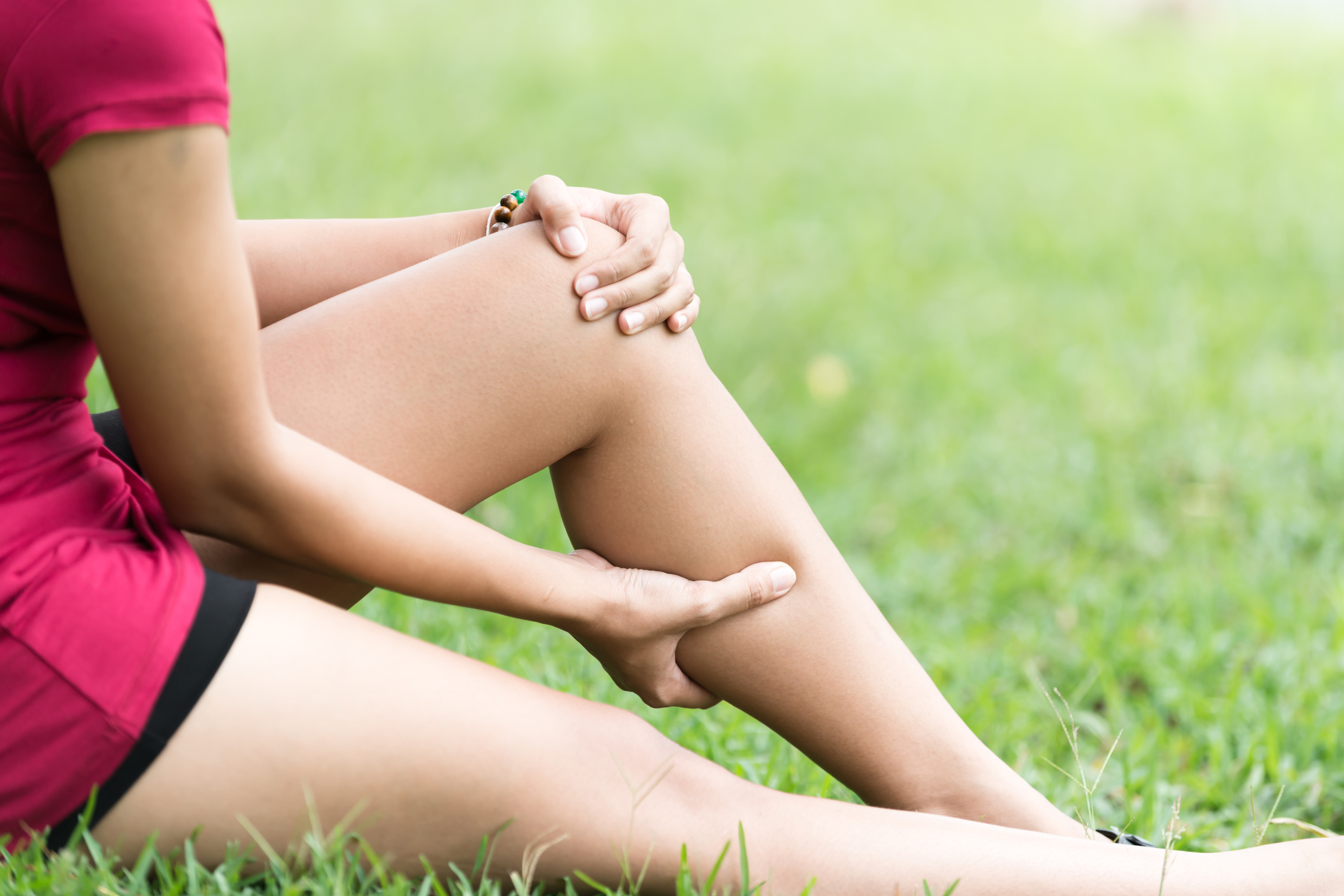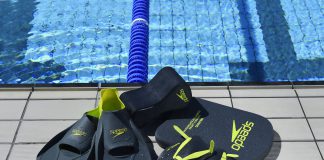Chances are you have heard this rather general term used to describe the pain adolescents go through when they are experiencing a growth spurt. But have you ever wondered what was actually going on?
The technical term is a traction apophysitis. A tendon is the structure that attaches a muscle to bone and an apophysis is the site at which a tendon inserts in to a bone. Much like anywhere in the body, when an apophysis becomes inflamed we add “itis” to the end of the word to describe the condition (appendicitis, tonsillitis, sinusitis – ok you get the idea). Traction is used to describe the force of something being pulled away.
As adolescents start to grow, their bones sometimes grow at a rate that their muscles cannot keep up with. The result is that the muscle gets stretched, but in particular, the tendon where it attaches to the bone starts pulling, which can cause inflammation and pain. An apophysitis can happen anywhere in the body but it is more common in the lower limb. It can often occur on both sides although one side usually starts first and / or is worse
Sever’s describes a traction apophysitis occurring where the Achilles tendon inserts in to the heel as a result of the tibia – the shin bone – growing. We see this a lot in kids aged between 7 and 15 years.
Osgood- Schlatters describes a traction apophysitis occurring where the patella tendon inserts in to the tibial tuberosity, at the top of the shin bone, below the kneecap. Some people get this so badly that you will see adults with large bony lumps below their knees when they are sitting down, which can make kneeling quite painful. This often occurs in girls aged 8 to 12 and boys aged 12 to 15 years which reflects the different ages at which these two groups tend to grow.
Sinding-Larsen-Johanssen is when a traction apophysitis occurs at the lowest point of the kneecap, where the patella tendon attaches and can be very similar to Osgood-Schlatter.
While growth can be a primary issue, it is important to note that these conditions can -and often do – occur secondary to sport and activity. A lot of kids, though going through a growth spurt, will only get their pain when they are running and jumping. These activities can cause micro trauma at these insertion points which can also cause the pain. Sometimes alignment and form can play a large role in the pain as well. Some studies have noticed for example, that a heavy heel strike is associated with Sever’s.
So is there anything you can do about it? Obviously we cannot control a growth spurt but because growth is sometimes only part of the problem, there are things we can do to help. An assessment of the activities and musculoskeletal system of the adolescent can reveal some issues regarding their loading which can unfavourably impact these painful conditions. Orthotics, heel raises, stretching and strengthening exercises, strapping, icing, anti-inflammatories, activity modification and manual therapy can all be utilised to reduce, or even eradicate, this pain.
Come in for an assessment with one of the team at Healthzone Physiotherapy and we can help you establish if there is anything that can be done to assist in the management of these types of conditions.






































